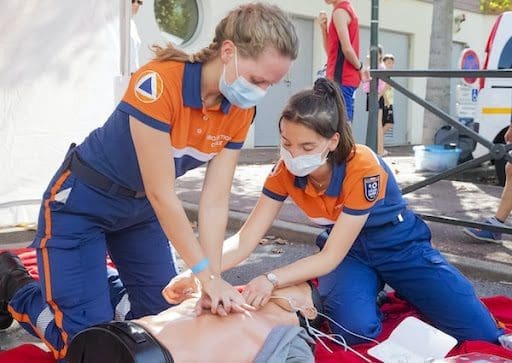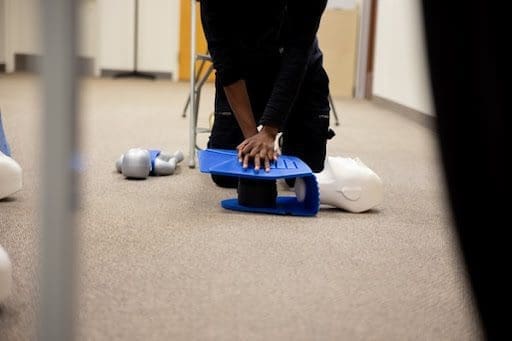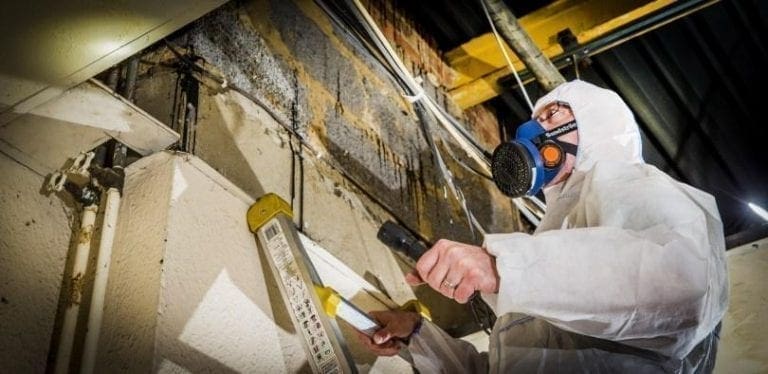Why CPR Is So Important
CPR is an essential technique that everyone should know. Bystanders play a crucial role in emergencies, and CPR can help to save a life. Keep reading to learn CPR online and more about why CPR is so important.
What is CPR?

CPR is an essential part of first aid training. CPR stands for cardiopulmonary resuscitation, and it is the process of performing chest compressions and rescue breaths to keep someone’s heart pumping and their lungs breathing. CPR is an important skill, and you can pursue an online CPR first aid certification. When someone experiences cardiac arrest, CPR can buy time until emergency responders arrive and shock the person’s heart back into a normal rhythm.
CPR is also important for people who have been injured and are not breathing normally, as it can help to move oxygenated blood throughout their bodies. Some other instances when you may need to perform CPR include when someone is choking and unable to speak or breathe when someone has a heart attack, when someone sustains a serious head injury, and when someone has a severe allergy and is not responding.
Why is CPR necessary?

CPR is an essential skill because it can help save a person’s life. When CPR is performed correctly, it can keep a person’s heart pumping and their brain oxygenated until emergency personnel arrive. There are many other reasons why is it so important. One reason is that most cardiac arrests occur outside of the hospital setting. More than 85% of cardiac arrests happen at home or in another public place. It can differ between life and death if someone collapses and isn’t breathing.
Another reason why it is so important is that it can help prevent brain damage. Every minute without it or defibrillation reduces the chance of survival by 10%. That means that if you don’t start performing it within the first few minutes after a person’s heart stops beating, they may not survive. Finally, bystander CPR increases the chances of survival for cardiac arrest victims by up to twofold.
What is taught during CPR certification?
CPR certification is a process that teaches individuals how to recognize and respond to cardiac arrest and other life-threatening emergencies. The certification process usually includes a classroom portion and a skills demonstration. The classroom portion covers the signs and symptoms of cardiac arrest, how to use an automated external defibrillator (AED), and how to perform it. A cardiac arrest is a sudden, unexpected stoppage of the heart. When the heart stops beating, blood stops flowing to the brain and other vital organs. This can lead to death in a few minutes if not treated.
Some signs and symptoms of cardiac arrest include unconsciousness, weak or no pulse or breathing, pale or bluish skin, chest pain, and heart attack. An automated external defibrillator (AED) is a device that delivers an electric shock to the heart through the chest wall. The shock can help restore a regular heartbeat in people who are in cardiac arrest. To perform CPR, you must check to see if the person is responsive. If the person is unresponsive, shout for help and then check for a pulse. If there is no pulse, you will need to begin CPR. To perform it, you must place your hands on the person’s chest and press down rhythmically.
You should press down hard and fast and perform 100-120 compressions per minute. Once you have completed 30 compressions, you will need to give the person two rescue breaths. To do this, tilt the person’s head back, hold their nose shut, open their mouth, and give them two breaths. Continue performing this alternating between 30 compressions and two rescue breaths until emergency medical personnel arrive.









